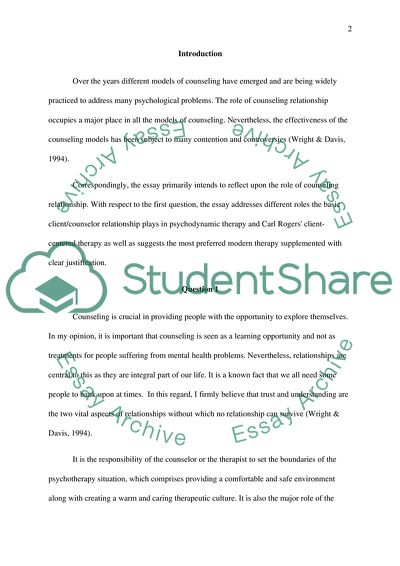Cite this document
(The role of the counseling relationship Essay Example | Topics and Well Written Essays - 5000 words, n.d.)
The role of the counseling relationship Essay Example | Topics and Well Written Essays - 5000 words. https://studentshare.org/human-resources/1845364-the-role-of-the-counseling-relationship
The role of the counseling relationship Essay Example | Topics and Well Written Essays - 5000 words. https://studentshare.org/human-resources/1845364-the-role-of-the-counseling-relationship
(The Role of the Counseling Relationship Essay Example | Topics and Well Written Essays - 5000 Words)
The Role of the Counseling Relationship Essay Example | Topics and Well Written Essays - 5000 Words. https://studentshare.org/human-resources/1845364-the-role-of-the-counseling-relationship.
The Role of the Counseling Relationship Essay Example | Topics and Well Written Essays - 5000 Words. https://studentshare.org/human-resources/1845364-the-role-of-the-counseling-relationship.
“The Role of the Counseling Relationship Essay Example | Topics and Well Written Essays - 5000 Words”. https://studentshare.org/human-resources/1845364-the-role-of-the-counseling-relationship.


